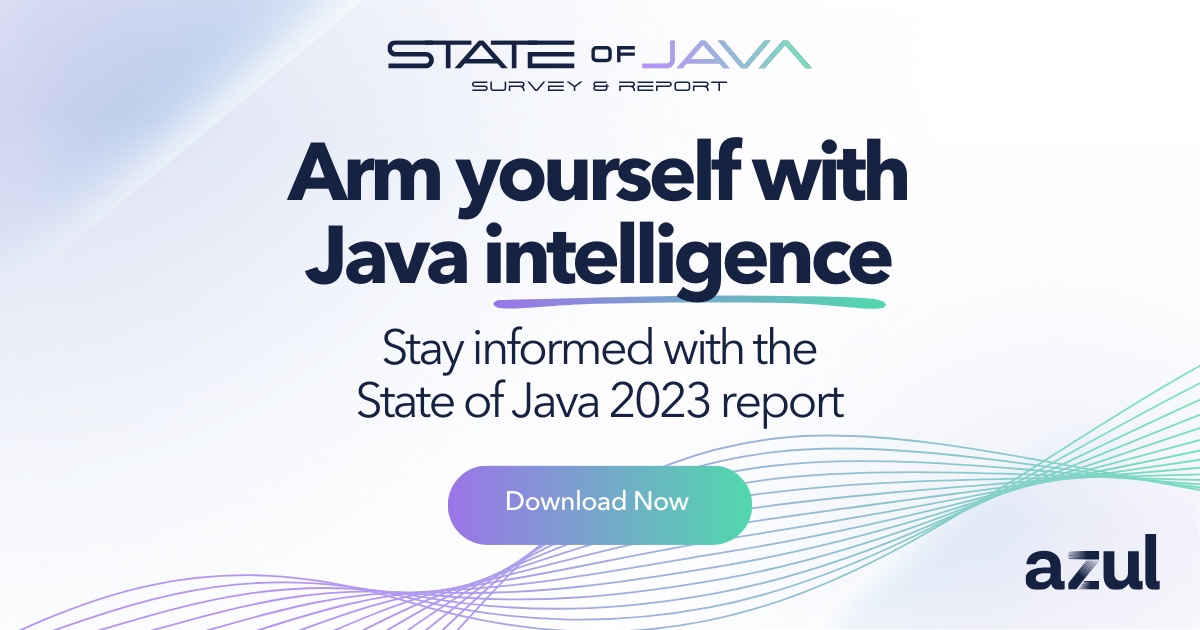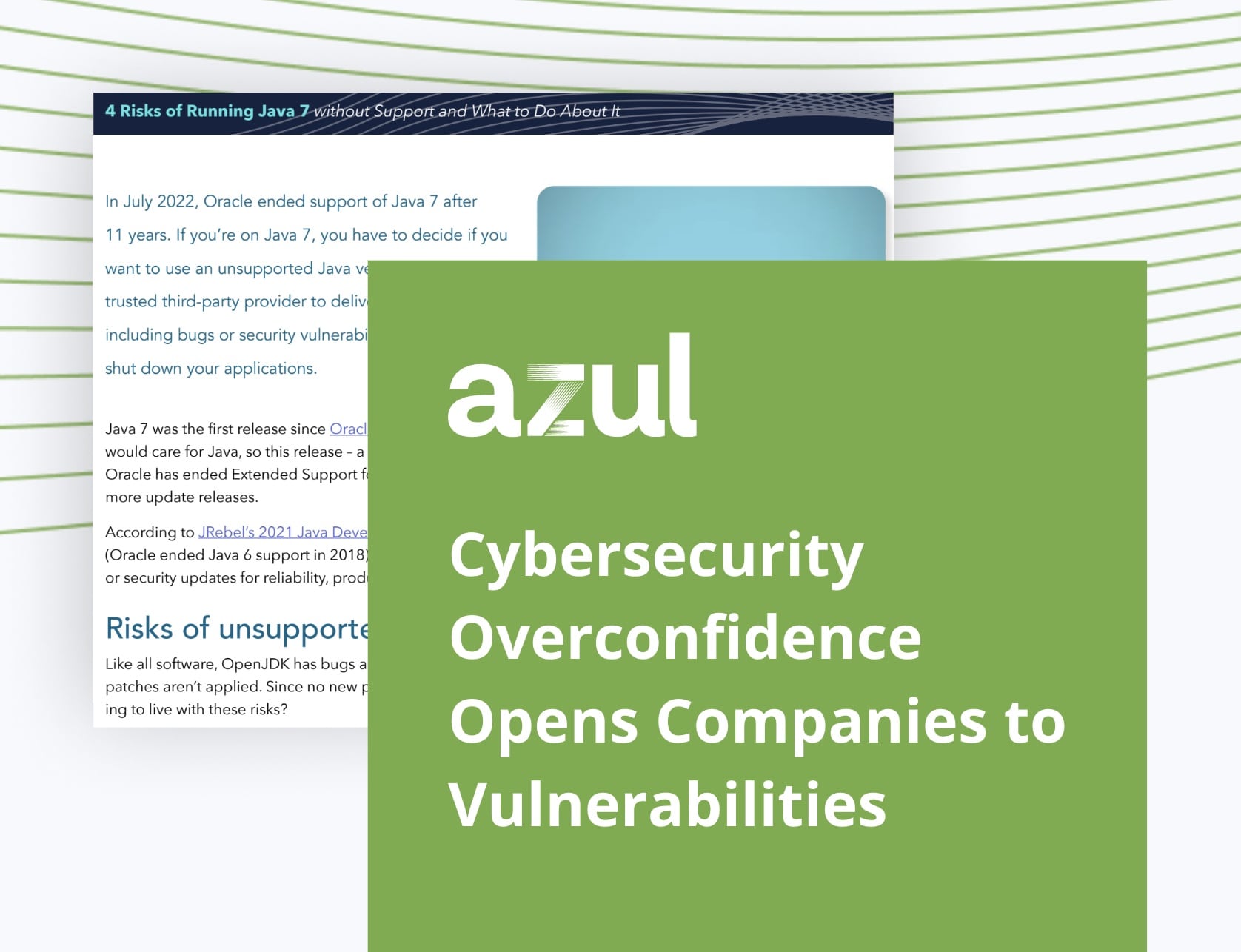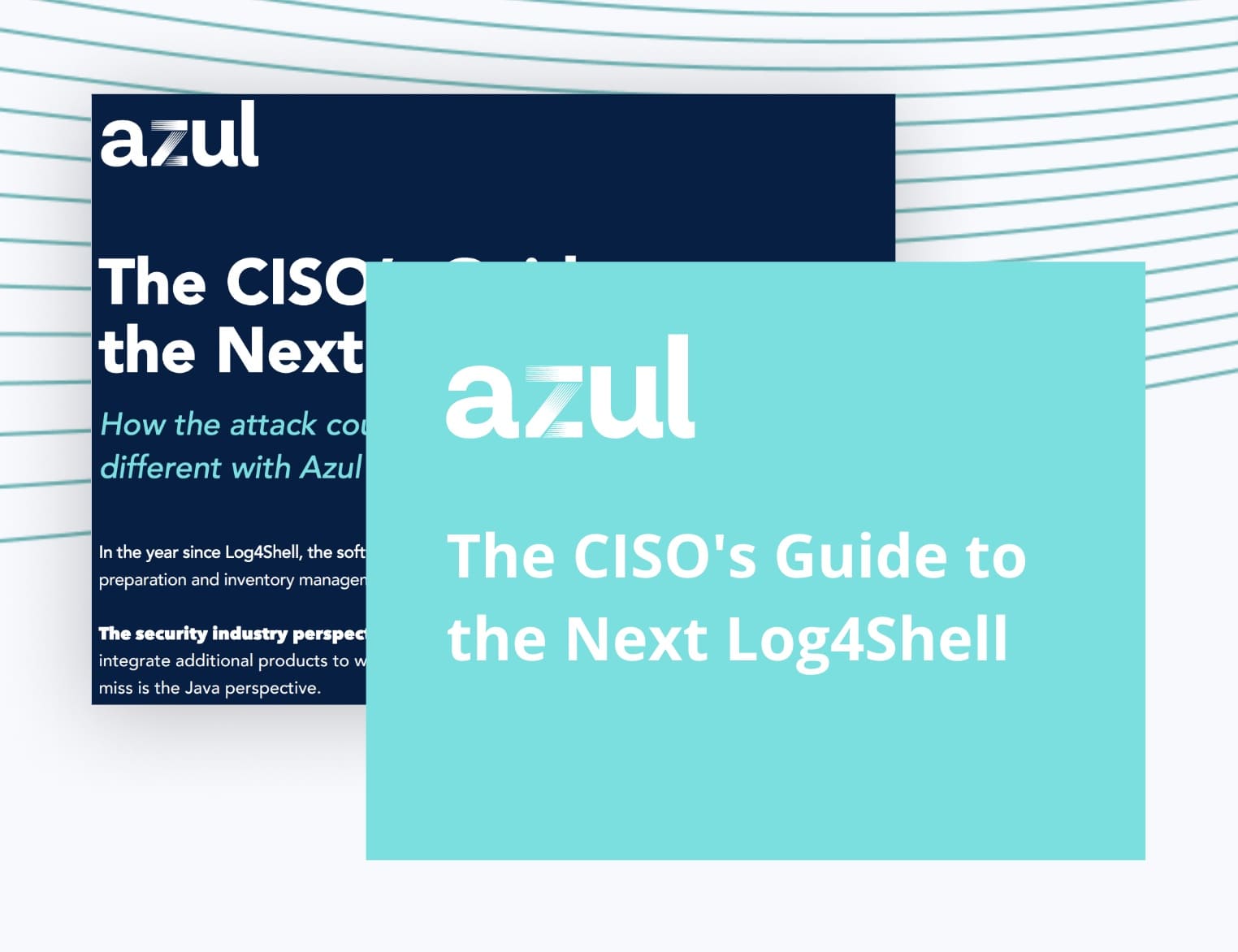What is Continuous Integration and Continuous Delivery (CI/CD)?
Continuous Integration and Continuous Delivery (CI/CD) tools automate different steps of the application development process. Continuous Integration tools build and test new code, working to unify modifications to the application’s code across developers. Continuous Delivery tools execute the next step, testing the compatibility of application developments with the production environment.
What Is Continuous Integration (CI)?
Continuous Integration involves building new code for an application and evaluating its compatibility with other code. When developers want to implement new application code, Continuous Integration tools temporarily host all the code changes, unifying the code contributions from different development teams and ensuring consistency.
When applications are developed, often multiple developers or teams are involved. This can create conflicts; without continuous communication between developers, they may end up unknowingly modifying the same code or introducing new components that are not compatible with each other.
Continuous Integration tools prevent these conflicts by tracking all code changes as they are produced. They use automation to unify code development across teams. When a developer makes a change to the source code, the tool monitors the adjustment and creates a new build of the source code. The tools evaluate the new code and highlight any compatibility issues, allowing developers to fix the errors as they arise.
The build is available to all developers, allowing them to access the most up-to-date version of the code.
What Is Continuous Delivery (CD)?
Continuous Delivery tools manage the next step in the application development. Continuous Delivery tools ensure that new developments are ready to run in the production environment, again by using automated processes.
The Continuous Delivery tools run a series of tests to ensure compatibility with the actual production environment. Tools test if the new build can be implemented in the application, with the application architecture, if it impacts application performance, and if the components can scale with demand. Some Continuous Delivery tools also run security tests to check for new vulnerabilities.
It is important to note that Continuous Delivery tools are not responsible for actually deploying the application on the production environment. Developers are still required to approve the developments after the Continuous Delivery tools run their tests. The automated process of implementation on the actual production environment is done by Continuous Deployment tools.
What Are the Advantages of CI/CD?
Implementing CI/CD tools standardizes the application development process, leading to greater efficiency and consistency. This allows developers to redirect time to other important responsibilities. Important benefits of an automated CI/CD pipeline include:
- Automation: Developers no longer have to spend time executing these processes. This time can be spent creating new developments and capabilities for applications.
- Efficiency: The tools can execute these steps of application development much faster, allowing modifications and new capabilities to reach production environments more quickly.
- Consistency: Developers can work on the same application and forgo worries of interfering with each other.
- Performance Enhancements: These tools help ensure new code does not contain compatibility errors, that otherwise could hinder application performance speed or capabilities.
What Role Does Azul Play with CI/CD?
After more than 26 years of Java, there are so many active Java applications that organizations have difficulty tracking them. With the rise of attacks against libraries, teams are being asked to track and inventory the libraries that each application uses. During the Log4Shell time of last year, many teams spent more than a month tracking down and fixing the flaw. Developers who are familiar see the solution as simple – you upgrade a library. The problem is that it’s complex to know where to look, who’s responsible each time, and that you have an accurate inventory. There are some solutions that people are already using to try and address this problem:
- CI/CD scans often create an inventory when the application is built. This can be a basic tool like maven dependency:tree or a third-party tool.
- Agents can be integrated to observe some behavior in JVMs that still contain the jlinked instrumentation package.
- Some tools can inventory files that are present on a system.
Azul Vulnerability Detection does not replace but rather augments these approaches, offering a defense-in-depth analysis that gives stronger Java-focused insight at production speed. The speed and ability to operate in production strengthens the CI/CD scans, offering the ability to track where the code went and provide coverage over Java infrastructure software that generally does not go through the CI/CD pipeline. Most organizations that run tools like Kafka, Cassandra, or Spark just download and run those applications without any build steps. Azul Vulnerability Detection is a feature of Azul Intelligence Cloud that allows users to continuously monitor their Java applications to detect known vulnerabilities in production.
Azul Vulnerability Detection
Continuously detect known vulnerabilities
in your Java applications in production.




